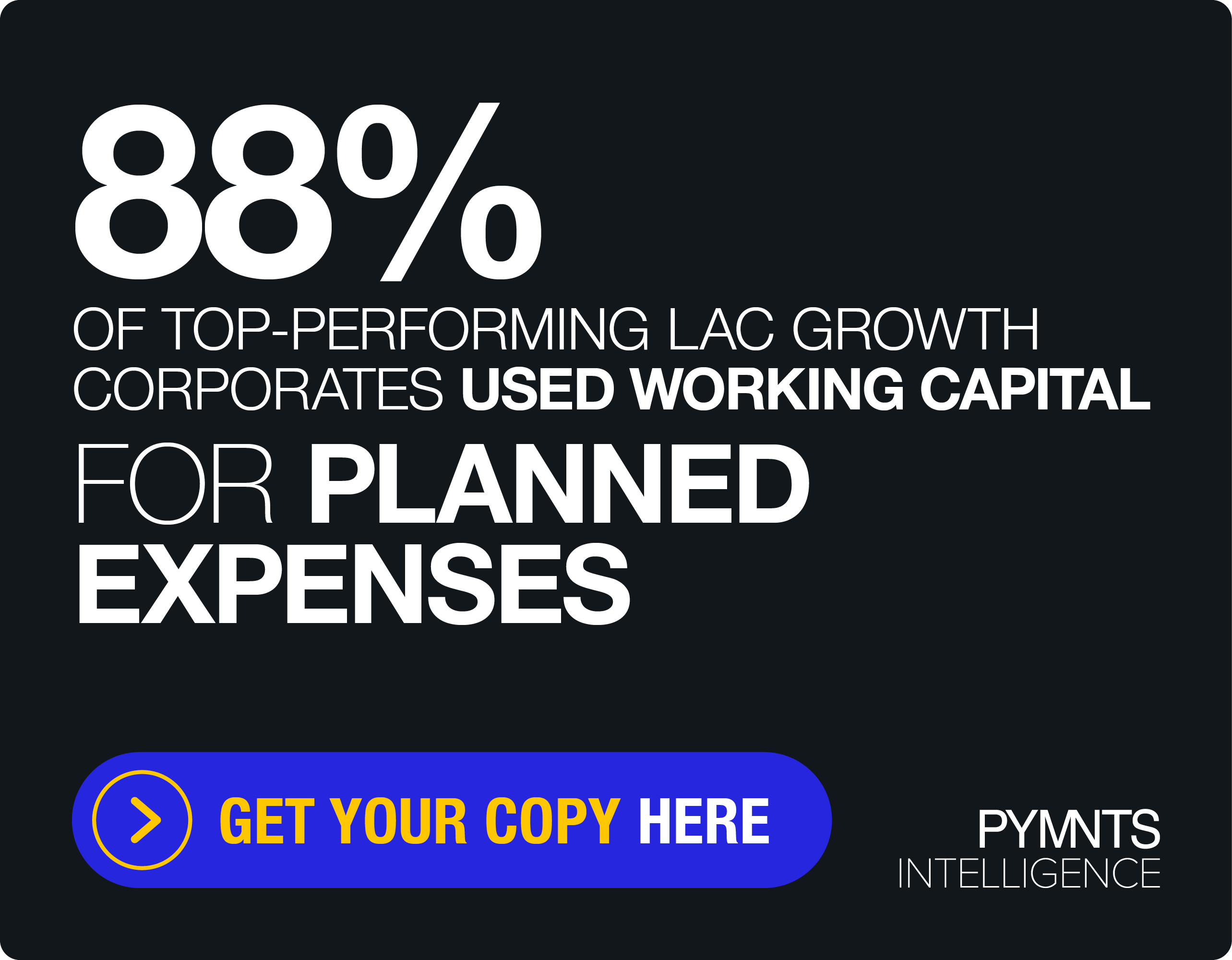With PSD2 Weeks Away, Banks Realize Not All Their Problems Can Be Solved Via API

With Europe just weeks away from PSD2 coming into effect, banks across the region are gearing up to get on-board with one of the regulation’s main objectives: to promote open banking and stir up competition and innovation in the financial services market.
FIs around the globe may be flocking to APIs and embracing the open banking concept today, but just a few months ago – says Marten Nelson, co-founder and VP of marketing for Token, Inc. – the banks weren’t having it.
“If you had asked me six to nine months ago, I would have told you pretty much any European bank would rather avoid this, and let it fail,” Nelson recently told PYMNTS of PSD2’s efforts to promote open banking. “The fear is, obviously, that when you open up, you’ll have FinTechs coming in and disrupt[ing] you. But in the last three to six months, there has definitely been a big shift among European banks’ attitudes toward open banking.”
FIs are beginning to look at the concept of open banking as a positive force that can help them become more flexible, agile and adaptive of FinTechs and the technologies they offer, bringing them to their own customers.
“If you operate off of open banking, you invite third parties into an ecosystem, you’ll eventually provide the products and services your customers really want, and that is ultimately the only way you can avoid disruption,” added Nelson.
While not every FI can agree to this school of thought, the impending implementation of PSD2 this coming January means, ready or not, banks will be thrust into this market of collaboration and data sharing.
But for those banks that are already on board, a new kind of challenge has surfaced, said Nelson: too many proprietary APIs that cause a headache for developers.
“Banks go about providing APIs in order to address this legislation and comply,” the executive explained. “The challenge is that pretty much every bank is going to build their own API, and that doesn’t really help developers and third parties that are connecting into the banks to aggregate data for their apps.”
Nelson likened it to each manufacturer of a smartphone having its own operating system, meaning mobile app developers have to build their solutions across a multitude of these systems in order for those apps to work on each kind of phone. Of course, that’s not how it works today, with iOS and Android dominating the OS market and making it way easier for developers to ensure that their solutions work on these phones.
Token’s take on this challenge is to position itself as an open banking platform provider that negates the need of FIs to develop their own APIs in-house, instead becoming an operating system (via TokenOS) that uses a single API through which banks can connect with third-party solutions. The company announced this week that it is partnering with Envestnet | Yodlee to facilitate data aggregation for developers, while linking banks to those third parties in order to become PSD2 compliant and take advantage of the open banking trend.
“Essentially, you can think of Token as a third-party developer, and provide not a PSN [payment service network] but an API for others to have a single point of access,” Nelson explained.
A common API and platform for banks and FinTechs to share data could certainly help these players collaborate, which, for banks, is one of the most convincing reasons to get on board with open banking. Instead of a customer ditching a bank and going to a FinTech, if that bank and FinTech collaborate, that customer can leverage the services of both players.
That’s the idea, Nelson said, but open banking won’t solve all of the banks’ problems when it comes to competing with their newfound innovative rivals.
“Competition is good, and that’s one of the reasons why PSD2 is coming into force,” he noted. “Regulators want to see more competition that will help banks deliver better services. Banks in Europe realize they have to provide better products and services, and clearly there is going to be tons of pressure from FinTechs to develop the services for corporates and consumers alike.”
But in this sense, banks have a treasure trove of data that FinTechs need to actually work, so this competitive dynamic by no means signals the end of traditional banking, Nelson added. Still, the path for FIs has been altered due to the rise of FinTechs, and collaboration via APIs cannot address all of the competitive pressures that exist today.
Research released this week from East & Partners found that treasurers and CFOs at large corporations are already switching their banking providers as a direct result of wanting to gain the latest financial technologies and products on the market.
“Clearly, banks need to update and upgrade their technology,” Nelson said. “But there are a lot of things that a bank needs to do in order to compete properly, and that is everything from changing and upgrading internal processes to changing the culture that you, as an organization, are dealing with.”
Requiring banks to participate in an open banking ecosystem will inevitably introduce new tests for FIs – and Nelson said the world is watching, especially as financial services firms flock to APIs in their (voluntary) embrace of data sharing.
“Not only are banks changing in Europe, but this is a global movement,” he noted. “We see increasing demand and interest from regions outside of Europe, including North America, Japan, Israel – the world’s eyes are on Europe right now to see how this PSD2 thing is going to work out. It’s really interesting to see how open banking is starting to spread globally. It’s not just contained to PSD2 and the EU.”
But Europe is unique in that it is one of the few markets in which regulators are a driving force behind the adoption of open banking. In other markets, Nelson said, a different force is likely to gain momentum.
“In today’s political climate, there is less and less regulation going on,” he noted. “But I think open banking is definitely happening, but [in other markets] the catalyst will be competitive pressure, rather than regulatory pressure.”
